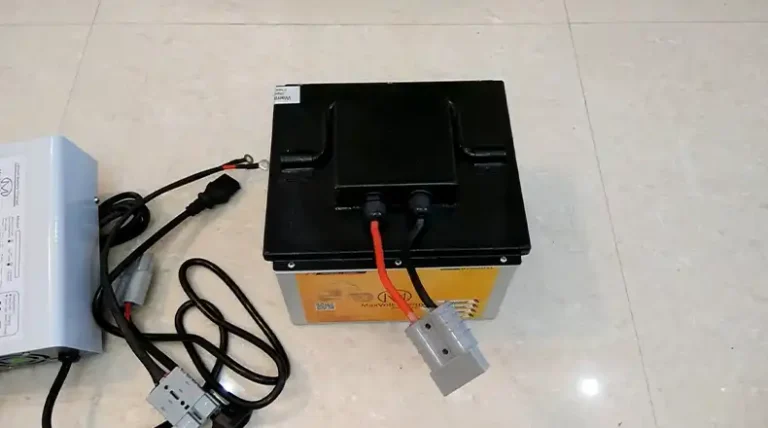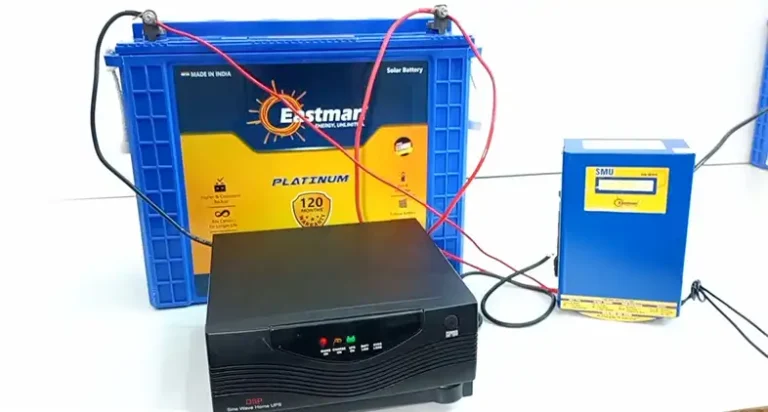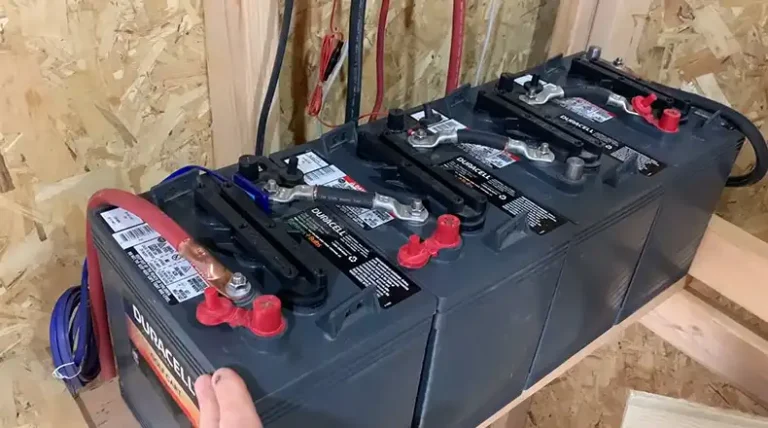Carbon Battery vs Lithium-Ion Solar Battery | Making the Right Choice for Your Solar Setup
If you’ve made a debut in the world of solar energy, you’ve probably come across the problem of choosing the right battery for your solar power system. As we strive to harness the sun’s energy and minimize our carbon footprint, the quest for efficient and eco-friendly energy storage solutions intensifies.
The two prominent contenders in this arena are Carbon Batteries and Lithium-ion Solar Batteries. To shed light on this topic, we’ll explore the differences between these two powerhouses, making your decision-making process a breeze.
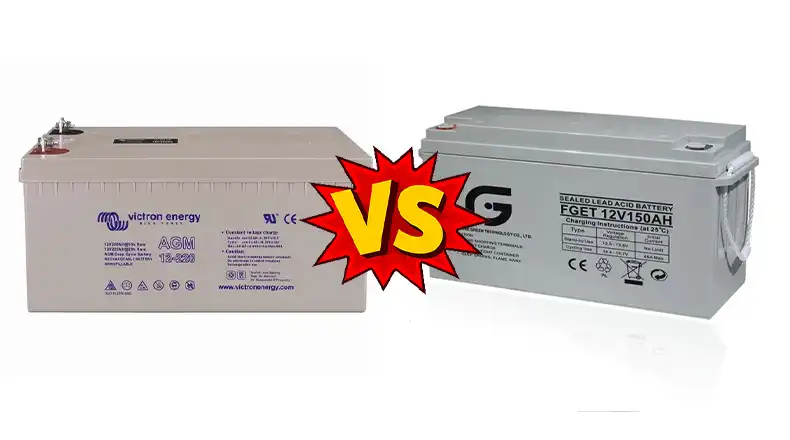
Carbon Battery vs. Lithium-ion Solar Battery: The Face-Off
Let’s get down to the nitty-gritty of these energy storage solutions and compare them side by side.
1. Environmental Impact
Carbon Battery: These are often called lead-carbon batteries and contain a mix of lead-acid and carbon materials. They are considered more eco-friendly than traditional lead-acid batteries due to their reduced reliance on lead. However, they still fall short of lithium-ion batteries in terms of environmental friendliness.
Lithium-ion Solar Battery: Lithium-ion batteries are widely recognized as the more environmentally friendly option. They don’t contain heavy metals like lead, which can be harmful to the environment, making them a more sustainable choice.
2. Lifespan
Carbon Battery: Carbon batteries have a reasonably good lifespan, typically ranging from 5 to 8 years, depending on factors like usage and maintenance.
Lithium-ion Solar Battery: Lithium-ion batteries have a longer lifespan, often exceeding 10 years. This extended life can result in lower long-term costs and reduced hassle for maintenance or replacements.
3. Efficiency
Carbon Battery: Carbon batteries are less efficient when compared to lithium-ion batteries. They are known for their slower charge and discharge rates.
Lithium-ion Solar Battery: Lithium-ion batteries are more efficient, offering a quicker charge and discharge rate. This efficiency means that more solar energy can be harnessed and stored.
4. Depth of Discharge
Carbon Battery: Carbon batteries have a limited depth of discharge, typically around 50%. This means that you can only use about half of their capacity before recharging.
Lithium-ion Solar Battery: Lithium-ion batteries offer a deeper depth of discharge, often exceeding 80%. This means you can utilize a greater portion of their capacity before recharging, providing more power during cloudy days or long nights.
5. Energy Density
Energy density is a measure of how much energy can be stored in a given volume or mass. It is an important factor to consider when choosing a battery, as a higher energy density battery will be able to store more energy in a smaller and lighter package.
Lead carbon batteries have a relatively low energy density, typically ranging from 30 to 60 watt-hours per kilogram (Wh/kg). This means that a lead-carbon battery will need to be larger and heavier than a battery with a higher energy density to store the same amount of energy.
Lithium-ion batteries, on the other hand, have a much higher energy density, typically ranging from 100 to 250 Wh/kg. This means that a lithium-ion battery can store more energy in a smaller and lighter package than a lead-carbon battery.
6. Cost
Carbon Battery: Carbon batteries are generally more affordable upfront, making them an attractive option for those on a tight budget.
Lithium-ion Solar Battery: Lithium-ion batteries come with a higher initial price tag, but their efficiency, longer lifespan, and environmental benefits often justify the added cost in the long run.
Summary
| Feature | Carbon Battery | Lithium-ion Solar Battery |
| Environmental Impact | Contains lead; less environmentally friendly | More eco-friendly; no heavy metals |
| Lifespan | 5-8 years | Over 10 years |
| Energy Density | 30 to 60 watt-hours per kilogram (Wh/kg) | from 100 to 250 Wh/kg |
| Efficiency | Slower charge and discharge rates | Faster charge and discharge rates |
| Depth of Discharge | Limited (about 50%) | Deeper (often > 80%) |
| Cost | More affordable upfront | Higher initial cost, potential long-term savings |
| Use Cases | Budget-conscious and less eco-focused consumers | Those valuing efficiency, longevity, and sustainability |
Which One to Choose?
The best type of battery for your solar energy system will depend on your individual needs and budget. If you are looking for a less expensive battery, then a lead-carbon battery may be a good option for you. However, if you are looking for a battery with a longer lifespan, less maintenance, and more energy density, then a lithium-ion battery is a better choice.
In addition to the factors listed above, there are a few other things to consider when choosing a battery for your solar energy system:
- Climate: Lead carbon batteries are less tolerant of extreme temperatures than lithium-ion batteries. If you live in a hot or cold climate, a lithium-ion battery may be a better choice for you.
- Depth of discharge: The depth of discharge (DOD) is the percentage of the battery’s capacity that can be used before it is damaged. Lead carbon batteries should not be discharged below 50% of their capacity, while lithium-ion batteries can be discharged to 80% or more of their capacity without damage.
- Charging rate: The charging rate is the rate at which the battery can be charged. Lead carbon batteries should be charged slowly, while lithium-ion batteries can be charged more quickly.
Final Thoughts
In the world of solar energy storage, making the right choice between a Carbon Battery and a Lithium-ion Solar Battery is crucial. The decision should align with your long-term goals, budget, and environmental considerations. Remember, the solar energy landscape is continually evolving, and advancements in battery technology are on the horizon. Keep an eye on the latest developments, and don’t hesitate to seek expert advice when making your decision.

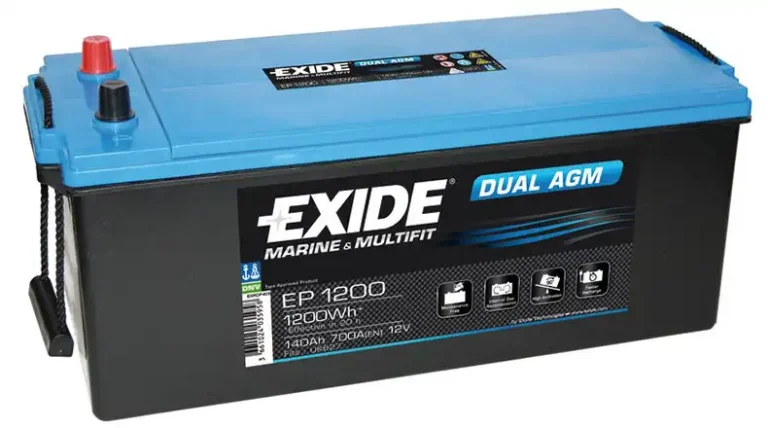
![[Explained] Solar Charge Controller Settings For AGM Battery](https://www.itekenergy.com/wp-content/uploads/2023/08/Solar-Charge-Controller-Settings-For-AGM-Battery-768x428.jpg)
